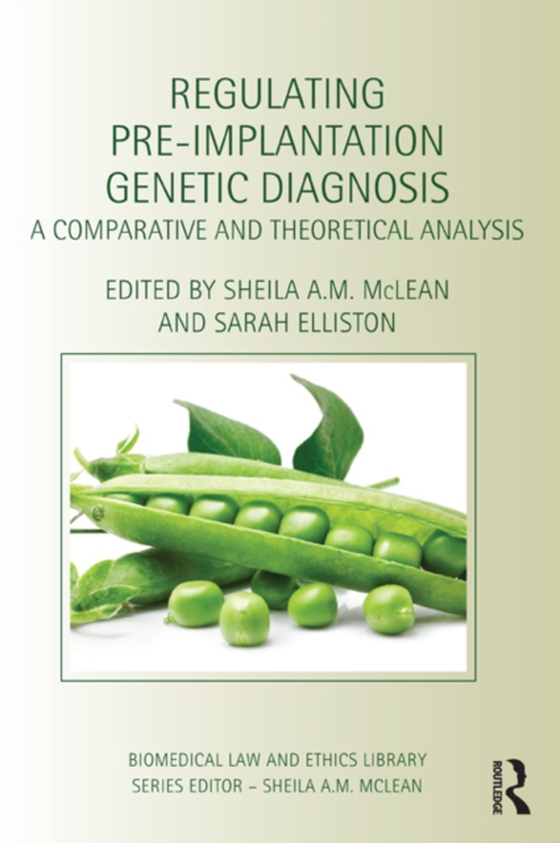
Regulating Pre-Implantation Genetic Diagnosis e-bog
322,59 DKK
(inkl. moms 403,24 DKK)
The successful achievement of pregnancies following pre-implantation genetic diagnosis (PGD) was first reported in April 1990. The technology is often used for patients who are at substantial risk of conceiving a pregnancy affected by a known genetic disorder, however from this technology other more controversial uses have arisen such as HLA typing to save the life of a sibling, gender selectio...
E-bog
322,59 DKK
Forlag
Routledge
Udgivet
12 november 2012
Længde
264 sider
Genrer
JFMG
Sprog
English
Format
pdf
Beskyttelse
LCP
ISBN
9781136217845
The successful achievement of pregnancies following pre-implantation genetic diagnosis (PGD) was first reported in April 1990. The technology is often used for patients who are at substantial risk of conceiving a pregnancy affected by a known genetic disorder, however from this technology other more controversial uses have arisen such as HLA typing to save the life of a sibling, gender selection for social reasons, the prevention of late onset diseases, or the prevention of diseases which may be genetically predisposed to developing such as breast cancer. The technology surrounding PGD is constantly developing, giving rise to new and unexpected consequences that create fresh ethical and legal dilemmas. Featuring internationally recognized experts in the field, this book critically explores the regulation of PGD and the broader legal and ethical issues associated with it. It looks at the regulatory situation in a number of jurisdictions including New Zealand, Australia and the United Kingdom, but it also explores a number of themes of wide significance including a historical consideration of PGD and its part in the creation of the "e;genetic embryo"e; as a political tool, the over regulation of PGD and the ethical difficulties in handling additional unexpected medical information yielded by new technologies. This book will be of particular interest to academics and students of law, medicine and ethics.
 Dansk
Dansk

